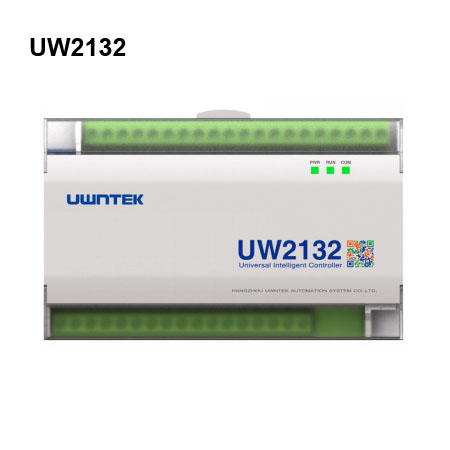Industrial Networking Control System is composed of measurement and control instruments with digital communication capabilities and can be dispersed in large quantities in the production site as network nodes. Industrial Networking Control System has a high degree of openness and high requirements for communication protocols. Its operation is mainly to allow the information between the devices on the site to be freely exchanged, so that it is easier to complete the task of the control system and the completion speed is faster. Compared with Industrial Networking Control System, fieldbus cannot complete it well.
Industrial Networking Control System has the interoperability of information transmission and communication between interconnected devices and systems; it also has the system openness that can be connected to other devices that comply with the same standards anywhere in the world. At the same time, Industrial Networking Control System can also cooperate with many devices such as infrared, power lines, coaxial cables, etc., which makes it adaptable to different field environments; another obvious feature is the real-time communication, which can provide corresponding real-time communication and has time management functions.

From the traditional control network to the more advanced fieldbus, and then with the progress of scientific and technological civilization, it has developed into the current research hotspot industrial Ethernet and wireless network control. The future development of Industrial Networking Control System needs to work hard on the real-time, security and reliability of communication. It is not easy to achieve this level. Realizing multi-line integration and real-time heterogeneous networks is also an important direction for future development. With the development of economic globalization and the improvement of most product cycles, in order to reduce production costs, most companies use new technologies such as the Internet, smart devices, server-based application systems, and wireless communications. Although this does reduce costs, these new technologies and business processes inevitably generate a lot of data, and the distribution of these data is a difficult problem.
In terms of execution methods, the hardware and software of Industrial Networking Control System are different, but they have the same essential standard in the business system, that is, an open production management system. This system enables enterprises to break away from the single mode of operation of equipment maintenance costs. In addition, the open system enables the release of dynamic manufacturing data, allowing our managers to freely distribute data to a large number of users within the entire enterprise network, thereby improving the work efficiency of the enterprise.
